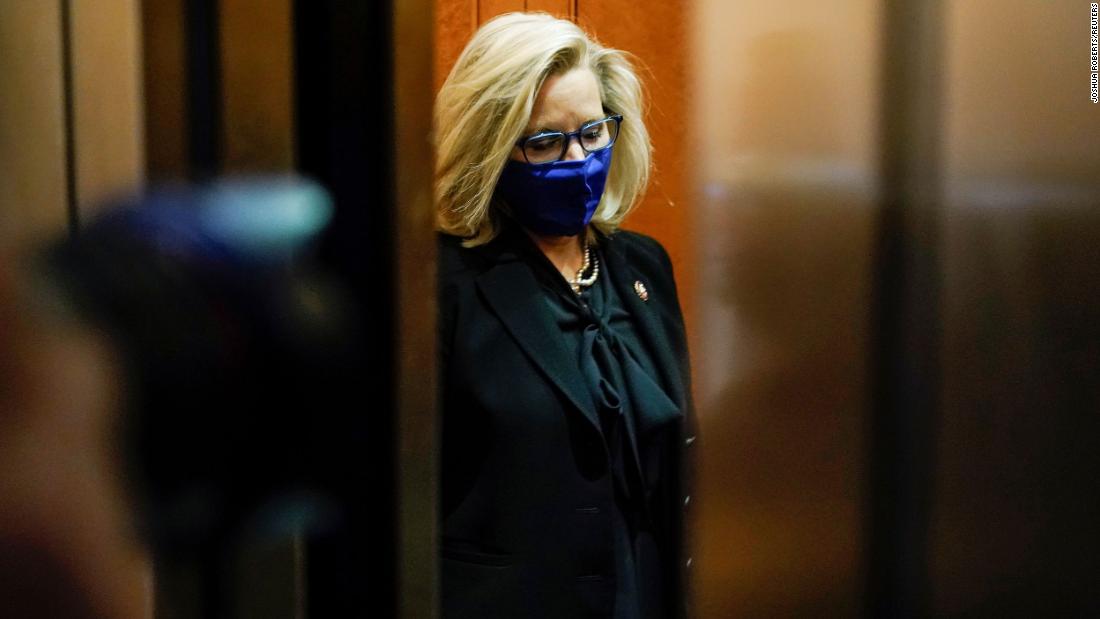About the sense and nonsense of young talent centers –
2 hours ago
Rare picture: Cologne’s Jonas Hector (right) was never in an NLZ and is dueling here with Freiburg’s Vincenzo Grifo, who only spent one year in the NLZ.
12.05.2021
© Eibner-Pressefoto / Gabriel Boia via www.imago-images.de
Rare picture: Cologne’s Jonas Hector (right) was never in an NLZ and is dueling here with Freiburg’s Vincenzo Grifo, who only spent one year in the NLZ.
12.05.2021
Photo: Eibner-Pressefoto / Gabriel Boia via www.imago-images.de
–
–
–
–
–
Dickson Abiama has literally taken off in the second division season that is coming to an end. Coming to Germany as a refugee, coming to Spielvereinigung Greuther Fürth via SpVgg Mögeldorf 2000, SG Quelle Fürth and SC Eltersdorf before the season, he not only scored in the derby, but also had an unexpectedly long playing time.
The 22-year-old Nigerian is an exception in the two top German soccer leagues: He made it to the professional level without having passed through one of the professional clubs’ junior performance centers. Fabian Schleusener at 1. FC Nürnberg is one of the few other examples of the exception to the rule. Like Vincenzo Grifo from Freiburg, who made it to the Italian national team and only appeared in the NLZ of Karlsruher SC in his last year of youth.
“The boy wants to know”
“As a rule, the boys change to an NLZ in the U15 at the latest,” observed Rainer Zietsch. The former head of the club’s NLZ and assistant coach of the German U15 national team couldn’t remember a current protégé who plays in a “small” club. Often it is the young people or the parents who put pressure to “measure yourself against the best at a young age” to switch to an NLZ. “The probability of becoming a professional without having completed an NLZ has definitely decreased in recent years.”
“Free from the liver”: This is how Stefan Leitl describes the style of Dickson Abiama.
21.04.2021
© Sportfoto Zink / Melanie Zink, Sportfoto Zink / Melanie Zink
“Free from the liver”: This is how Stefan Leitl describes the style of Dickson Abiama.
21.04.2021
Photo: Sportfoto Zink / Melanie Zink, Sportfoto Zink / Melanie Zink
–
–
–
–
–
Dieter Nüssing, FCN veteran with a nationwide esteemed nose for talent, sees it similarly. “In terms of training, the daily training at the NLZ naturally increases the chances,” he says. “But in the end it is a question of personality and of course will.” And he is reminiscent of Philipp Wollscheid, whom he discovered in the Saarland in the fifth division and signed for the Club U23. “He said: Mr. Nüssing, I don’t care about the money, I’ll get it later – I saw from the answer that the boy wants to know.” Wollscheid came to Nuremberg at an age at which it was unlikely to make the breakthrough. “For us, it is more difficult to go through the second education path, because most of them are sorted out at 20 or 21 after two years to make room for those who push out of the A-youth.”
“No longer free from the liver”
Stefan Leitl, the coach of the second division aspirant for promotion, Fürth, has gained a lot of experience in the youth field, before his engagement with the Kleeblatt also with FC Ingolstadt. He confirms the statements made by his expert colleagues: “It is certainly even more difficult than if you were trained in an NLZ.” Especially since there are so many talents out there that there is hardly any space for career changers.
But it is not impossible, Leitl reminds of his former protégé Maximilian Thalhammer, who only came to the FCI in the U19, was raised by him to the professionals and is now playing for the second division club SC Paderborn.
Thoughtful talent promoter Leitl also makes it clear that training in an NLZ does not have exclusively positive sides. “The players in many NLZs in Germany are conditioned, they no longer play football free from the liver, like a Dickson Abiama might do.” Like Thalhammer in his aegis at FCI, he could “move freely on the field, try things out, solve a one-on-one situation more”. The attacker has already proven this several times this season.
–


